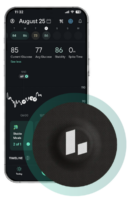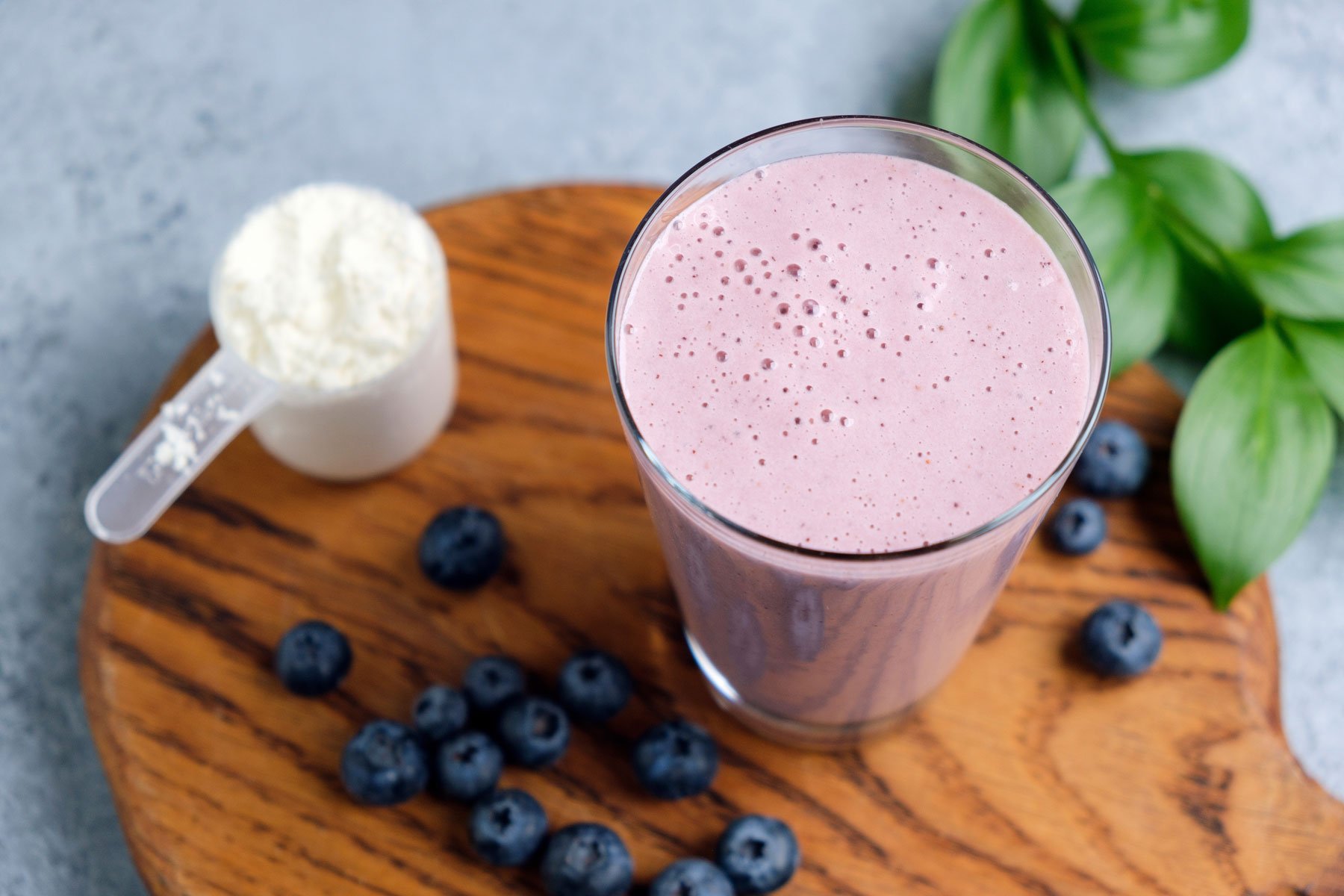 Who: Raquel Renda, 53
Who: Raquel Renda, 53
Where: Dallas, TX
Time with Levels: 4 months
Most Useful Takeaway: Large servings of healthy, blood sugar-friendly foods still caused a spike. By adjusting her portion sizes, she could see a lower curve after meals.
What was your health like before using Levels?
I’ve always been a healthy person, but I found that as I was getting older, I was having difficulty maintaining and losing weight–even though I was very active. And while I tried to take hormone therapy, my body didn’t respond well to it, so that was no longer an option. So, I tried to lose weight with physical activity. I was weight training and doing cardio four to five times per week, and I felt like I couldn’t exercise anymore. The only time I could lose that swollen feeling in my middle–which I think may have been related to inflammation–I had to ride my bike for an hour. But life doesn’t always allow you to train like that.
What made you want to put a CGM on your arm?
One of my goals as I get older is to build muscle. While listening to Dr. Gabrielle Lyon’s podcast, I heard about Levels. I wanted to understand why, even with exercise, I couldn’t lose weight.
As I heard about more and more people taking medications like Ozempic and losing weight, I realized that these GLP-1 medications help regulate blood sugar. So I thought, let me check my blood sugar. However, traditional bloodwork through the doctor’s office shows that my blood sugar levels are fine. Still, after reading about gestational diabetes on Levels blog, which I had in my second pregnancy, I considered that I might have some metabolic dysfunction under the surface. At the time, I had no idea that gestational diabetes was a risk factor for developing Type 2 diabetes.
Sure enough, when I put on the CGM, my data suggested I was early-stage prediabetic.
What surprising things did you learn about your eating habits when wearing the CGM?
Despite suspecting that something could be happening with my blood sugar, I thought I was eating a healthy diet. My takeaway was that even though certain foods might be considered healthy, they may not be right for me. I also learned that I’ve been eating too large of portions.
Even before I wore the CGM, I wasn’t eating a lot of carbs. Bread was never my thing. However, I started to see hidden sugars in my diet that were affecting my blood sugar response. For example, blueberries in smoothies are supposed to be great for you. Sushi rolls, which contain sugar in the sauces. These things weren’t as “clean” as I thought, and I had to do a deeper dive into what I was putting into my body.
In the beginning, I was very strict. I limited myself to protein and veggies. Honestly, I felt pretty bad for a few days, and I think the headaches, irritability, and discomfort were a byproduct of going off all the sugar. At two weeks with the CGM, I got up one day, and everything seemed brighter and clearer. My brain fog was gone; my mental clarity was sharpened. A week after that, my gut health was noticeably better. Nothing was grumpy in my digestive system; I felt very balanced.
Another thing that surprised me was how my portion sizes affected my blood glucose. I was trying to build muscle, so I ate a lot of protein—chicken or fish—plus a hefty serving of veggies. Believe me when I say it was a lot of volume. And that seemed to be too much food for my body to handle, and I was spiking. When I reduced my meal size, my blood sugar did not increase as high after the meal.
How do non-food lifestyle factors affect your blood sugar?
Sleep is so important to me. When I go a strong eight hours per night, my blood sugar is easier to manage throughout the day. So, I go to bed at 9 pm because I have the feedback from the app to know that the habit benefits my body.
In addition to sleep, I also started taking fiber and berberine supplements. Without the CGM, I would have no real way to know if they were impacting my blood glucose levels. But within 20 minutes, I notice my levels go down and stay down. I’ve taken supplements my whole life, and I’ve never had feedback to validate using them to support blood sugar management.
What are your future goals for using the CGM?
I’ve had some really exciting success. I dropped how much I’ve been exercising. I don’t do extended cardio, just 12 to 20 min of HIIT training, and I focus on lifting weights several times per week. I’ve lost 12 pounds so far and dropped four percent body fat. My results have been shocking. My diet still isn’t optimal–I have areas to improve. However, each step I’m taking is helping to get me closer to optimal so I can have a great lifespan.
 Want to try a CGM yourself?
Want to try a CGM yourself?
The best way to understand how well your body processes your diet is with a continuous glucose monitor and an app like Levels to help you interpret the data. Levels members get access to the most advanced CGMs and personalized guidance to build healthy, sustainable habits. Click here to learn more about Levels.

 Want to try a CGM yourself?
Want to try a CGM yourself?






